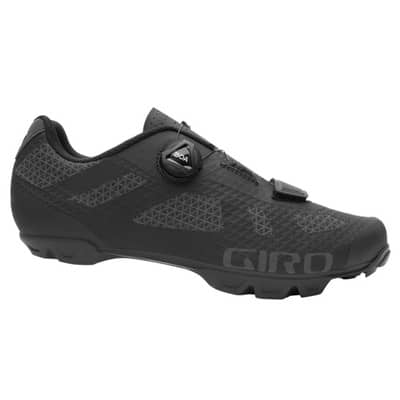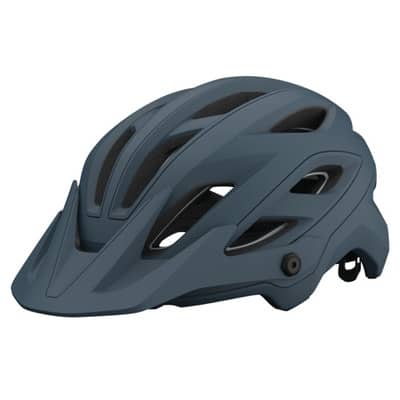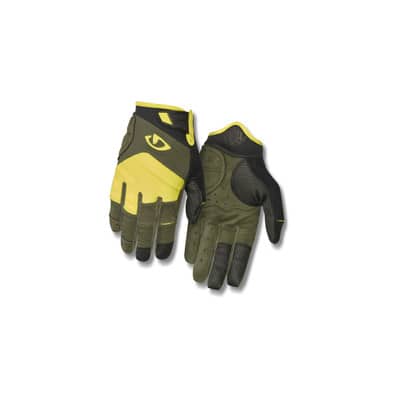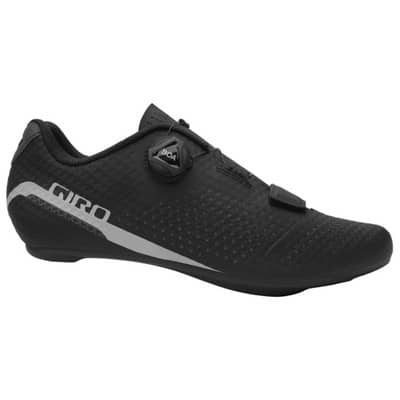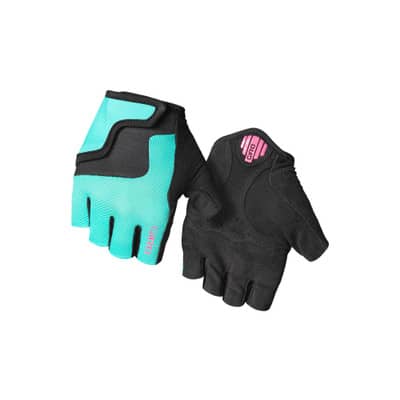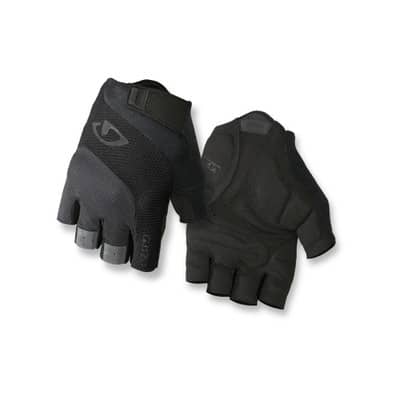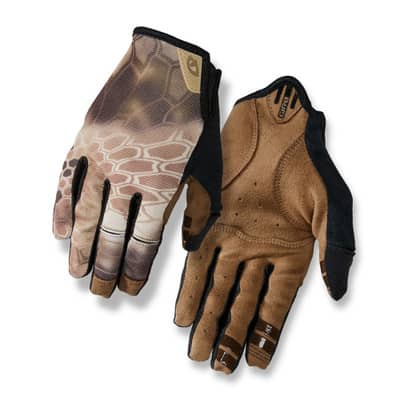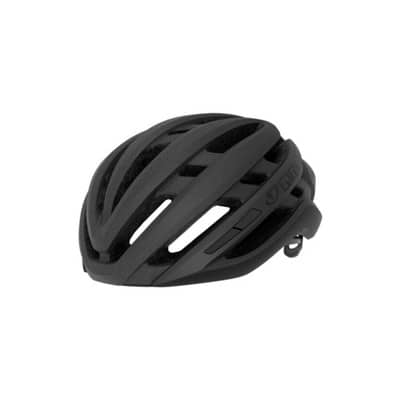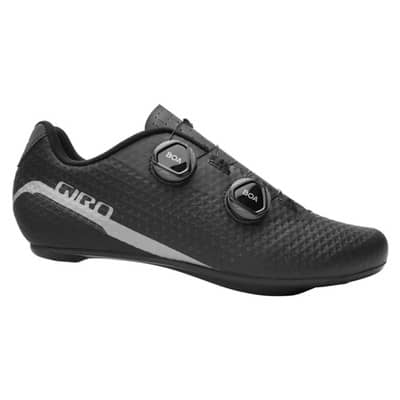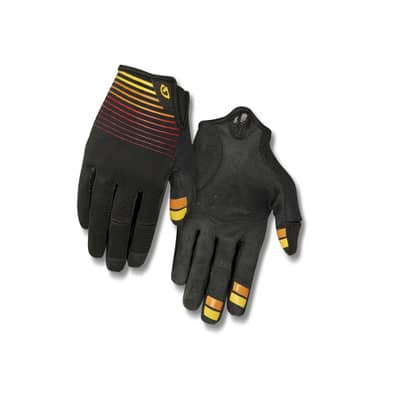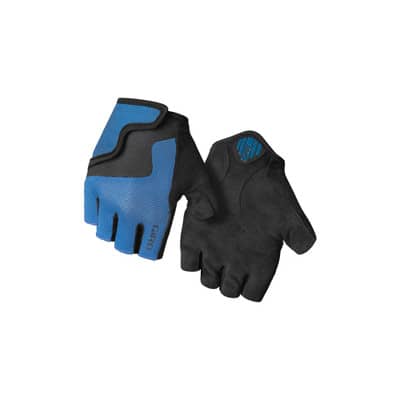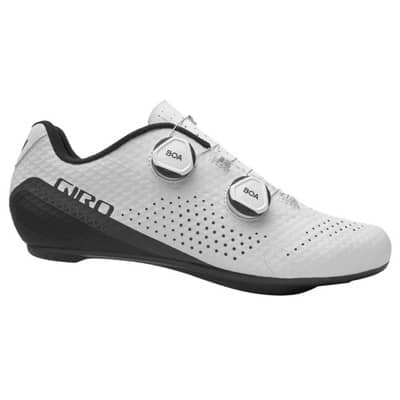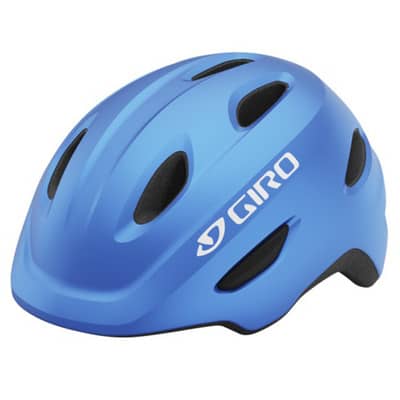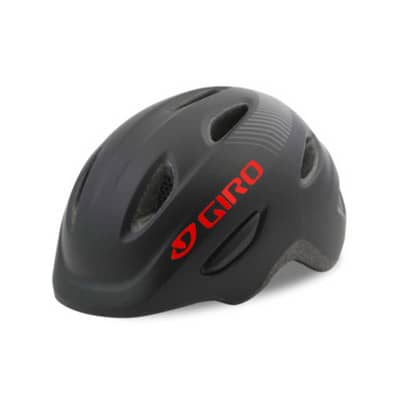-63%
160.00 59.90 €*
excl. shipping costs
In stock, available
339.90 €*
free shipping
In stock, available
20.00 €*
excl. shipping costs
In stock, available
BLACKWEEK
-{{UVPPercentDiscount}}%
new {{jahr}}
{{#UVP}} {{UVP}} {{/UVP}} {{record.Preis}}*
{{#FreeShipping}} free shipping {{/FreeShipping}} {{^FreeShipping}} excl. shipping costs {{/FreeShipping}}
{{^onStock}}Lieferzeit: {{/onStock}}{{record.Lieferbarkeit}}
- {{caption}}
- {{caption}}
- {{caption}}
- {{caption}}
- ...
- {{caption}}
- ...
- {{caption}}
- {{caption}}
- {{caption}}
- ...
- {{caption}}
- {{caption}}
- ...
- {{caption}}
- {{caption}}
- {{caption}}
- {{caption}}
What does the GIRO brand stand for?
The brand stands for stylish design and the best fit. In the bike sector, the GIRO range extends from cycle helmets, clothing and gloves to cycling shoes. All GIRO products are perfectly tailored to the rider's body, so that they sustainably improve the riding experience and help to increase athletic performance.
The aerodynamic bicycle helmets are equipped with the latest technology for the best possible protection and their functional design offers ventilation openings that ensure comfortable air conditioning under the helmet. The unique ball-and-socket design redirects impact forces and combines market-leading design, performance and brain protection without compromising on comfort, ventilation, weight or style.
GIRO shoes impress with their low weight, ultimate comfort and super-stiff soles. All Giro cycling shoes incorporate a wide range of high performance technologies and features to ensure that every Giro shoe is the best it can be.
GIRO also offers modern extravagant or rather plain clothing that perfectly matches your individual style and is equipped with many useful features such as reflectors or practical pockets. The GIRO gloves also have a super comfortable fit, exceptional pressure distribution and are also breathable.
What pedal systems are available?
There are many types of pedal systems and a variety of shoes to suit both the pedals and your riding style, so how do you choose the right shoe with the best technology, fit and performance for your needs?
Whether you're riding on the road, gravel, singletrack, commuting or just for fun, all riders have one thing in common: they need a comfortable and secure connection between their feet and the pedals. The foundation of any cycling shoe is the outsole. From a mountain bike shoe with flat pedals like the Jacket II to the pro-level Imperial, Giro cycling shoes are designed to efficiently transfer power from your legs to the pedals. Carbon fibre outsoles offer unrivalled strength and stiffness without adding weight, but this performance comes at a price, as the production of carbon fibre is very labour intensive. Real carbon sheets must be layered by hand, the material is heated in a mould and then sanded and/or painted. Injection moulded composite plates offer impressive stiffness with a simpler manufacturing process.
Pedals can basically be divided into two categories: Flat or clipless pedals (sometimes called "clip-in"). It's worth noting that there are also some pedals on the market that combine a flat side with a clip-in side, giving you the option of using either side depending on your shoe preference or riding style.
What are flat pedals?
Flat pedals are popular with a wide range of riders, from recreational cyclists to serious mountain bikers. Flat pedal shoes are not meant to be "clipped" into the pedal, as they are (as the name suggests) flat on the bottom. So you can simply hop on and ride off. The system works with the pins of the pedal and the rubber of the shoe sole, creating a connection for power transmission. Getting off the bike is also quick, easy and intuitive. The position of the feet on the pedals can be adjusted as required.
What are clipless pedals?
Clipless pedals (or clipless pedals) are used by riders who appreciate the feeling of connectedness that allows for higher cadences and greater effort required for competitive sports and racing. Clipless shoes are equipped with a stiffer sole and are clipped into the pedals via a cleat attached directly to the bottom of the shoe. They require a little practice, but they are designed to release in the event of a fall, and you'll appreciate their benefits if you're after performance.
Why are they called "clipless" when you clip them in? In the early days of cycling, road cyclists used metal cages and leather straps, called clips, on their pedals to connect their feet for maximum efficiency. The term "clipless" is a throwback to the old days when this type of "clip" was required.
There are two main types of clipless pedal systems, and each has unique advantages, which are described below:
Clipless pedals with 2-BOLTS
The 2-bolt system (sometimes called "SPD" or "SPD-style") is most commonly used for mountain bike pedals and shoes. The cleat and pedal can be small and are designed to shed mud and debris commonly found in mountain biking, gravel and mixed surfaces. The smaller 2-bolt system also allows the cleat to be recessed into the sole of the shoe. This makes walking easier and allows the use of shoes with different sole types and their requirements and terrain, from aggressive trail riding to indoor spin courses.
Clipless pedals with 3-BOLTS
The 3-bolt system (sometimes called "look" or "look-style") is used almost exclusively for road bike pedals and shoes. The cleat and pedal provide a larger surface area to create a very stable and efficient platform that supports maximum effort required for sprinting and high-intensity pedalling. The 3-bolt system requires a shoe with a stiff sole and does not allow the cleat to sink into the sole of the shoe, providing a less natural way of walking off the bike.
No matter which pedal you choose, always make sure that the shoe fits the pedals well.
What to look for in road cycling shoes?
In general, the stiffer and lighter they are, the better. As they originate from racing, special road cycling shoes are light and stiff enough to offer maximum pedalling efficiency. The fit is snug and the heel firm to stabilise the foot in the shoe, and they have a smooth outsole, usually made of sturdy nylon, carbon fibre or a combination of these materials. Whilst they are not designed for extensive running, they do have small heel and toe pads to provide some support and protection.
Dedicated road cycling shoes are designed for clipless pedals only and use either 2- or 3-bolt cleats on the bottom that clip directly into the pedals.
As they offer very little flexibility and the cleats protrude from the sole, they should not be used for off-road riding or for rides where you need to be on foot for long periods of time (bike touring, mountain biking, bike transport, etc.).
What should I bear in mind with leisure cycling shoes?
Leisure shoes are designed for cycling in the city, indoors or for leisurely rides. They are a cross between casual shoes and pure cycling shoes and offer a good mix of comfort, versatility and pedalling efficiency. They are not as stiff as specialised road cycling or mountain biking shoes, making them easier to run in. They also have a supportive and durable upper that stabilises the foot while pedalling and repels rocks and dirt, so they don't wear out as quickly as normal shoes. They also have a grippier sole that provides more traction.
Leisure cycling shoes are available in both flat and clipless versions. Shoes with flat pedals are easier to wear, while shoes with clipless systems offer more performance and efficiency.
What should I look out for in mountain bike shoes?
As with road bike shoes, it is important to choose a pair that fits well and offers good support and comfort when riding. The foot should feel stable in the shoe, the arch of the foot should be well supported and the heel should sit firmly.
Mountain bike shoes are stiffer than sports or skate shoes, but not as stiff as road bike shoes. Whether clipless or flat shoes, the outsole is designed to provide good traction and grip on the pedals and in the dirt, so you can ride or walk safely on dusty, muddy or wet trails and terrain.
Clipless mountain bike shoes have the same advantage as road bike shoes. When you are clipped into the pedals, you can ride over rocks and roots more easily, make bunny hops more easily or control your bike better in technical situations. In addition, it is easier to maintain a higher or more powerful pedalling motion in races or training.
If you opt for a clipless shoe/pedal combination, you need to make sure that the cleat position is set correctly to achieve the best comfort and performance. If you're not sure how to do this, or if you have problems with knee pain, foot discomfort or similar, consult a professional bike fitter or a local bike shop.
Mountain bike shoes with flat pedals have the advantage that they feel very natural and are intuitive to use. Your feet naturally know where to step on the pedals and you can make small adjustments if necessary. It's also easier to put a foot down if you want to avoid a fall in a tight corner or during emergency braking. With flat pedals, you have to make some compromises. As your feet are not locked into the pedals, you may slip or bounce off the pedals (especially possible in wet or very rocky terrain). Unless you've spent some time mastering some skills, moves like bunny hops and side hops as well as lifting the rear wheel can be more difficult to perform as you can't rely on the clipped-in linkage to help you pull the bike up. Last but not least, it can be difficult to maintain a high cadence over a longer period of time.
What fastening systems are there?
Laces are the most tried and tested system and ensure a customised fit and a high level of comfort over the entire foot. They are also lightweight and can be easily replaced if necessary. You can customise the look of your shoes with a wide range of colours. One disadvantage is that they are not as easy to adjust (like a lace system) and can get caught in the chain.
Speed laces combine the benefits of a traditional shoelace with a pull tab, so you can simply pull on the laces to tighten them and then snap the pull tab to maintain tension. They are lightweight, easy to use and provide a reliable closure even in difficult conditions.
Hook and loop fasteners (also called Velcro® straps) provide a quick, intuitive fastening and stretch less than laces. The performance of these straps can sometimes be affected by extremely muddy, wet conditions, so it's important to keep them clean.
Dial systems, such as the BOA® system used on Giro shoes, allow the dial to be effortlessly rotated to tighten the shoe through a system of cable laces. Premium versions allow micro-adjustments in both directions for a quick, precise fit. They can be adjusted in an instant and have a quick release system that allows them to be released after the ride. As with Velcro systems, performance can sometimes be affected by extremely muddy, wet conditions, so it's important to keep them clean.
What are the benefits of a GIRO helmet?
BALL-AND-SOCKET CONSTRUCTION
The Spherical Technology ball-and-socket design, supported by MIPS®, helps to redirect impact forces away from the brain by allowing the outer liner to rotate around the inner liner in the event of an impact. It also avoids contact with hard plastic or sliding surfaces on the skin.
PROGRESSIVE LAYERING
The dual density liner is designed for high and low speed impacts for more comprehensive energy management.
SEAMLESS INTEGRATION WITH MIPS®
Spherical Technology enables optimal integration of MIPS®, the market-leading brain protection system designed for rotational movement to provide additional protection in certain impact events.
UNRESTRICTED VENTILATION
Maximise cooling performance without obstructing vents or internal channels.
LUXURIOUS COMFORT
Optimised fit with soft padding and excellent moisture management.
PROVEN PERFORMANCE
Helmets with Spherical Technology have won multiple awards, received a 5-star rating from a leading independent test lab and are the first choice of elite riders worldwide.
FITS YOUR STYLE
Helmets with Spherical Technology are available for road, gravel, mountain, ski and snowboard.
DEVELOPED IN THE DOME
Spherical Technology was developed in the Bell+Giro Dome, a world leader in head protection design, testing, research and innovation.
What is MIPS?
Mips is a patented Brain Protection System (BPS) that is available in almost all Giro helmet models. It provides more protection than the outer shell of the helmet and the shock-absorbing foam liner in certain impact events and helps to reduce the rotational movement transmitted to the brain - especially in the first critical milliseconds.
It is important to recognise that no helmet, including those fitted with mips, can prevent all possible injuries. But by reducing the energy transmitted to the brain, the risk and severity of brain injury can be reduced.

